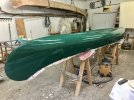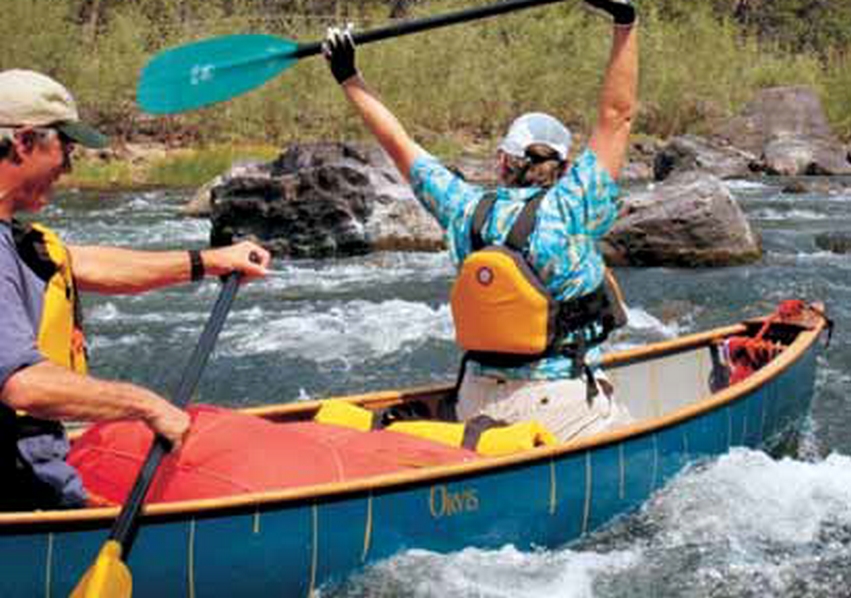Hi,
I've got a 15' cedar and canvass Old Town canoe that I've refurbished, and now moved to Montana. In the past, I've stored my canoe in a barn where it has rested on a set of sawhorses. I don't have access to a barn in Montana -- just a space under a deck -- and during the winter we sometimes have days that hit -40 F. So, I'm wondering if there are recommended ways to store my canoe so that I can protect it against the elements, especially the cold, winter weather.
Thanks!
I've got a 15' cedar and canvass Old Town canoe that I've refurbished, and now moved to Montana. In the past, I've stored my canoe in a barn where it has rested on a set of sawhorses. I don't have access to a barn in Montana -- just a space under a deck -- and during the winter we sometimes have days that hit -40 F. So, I'm wondering if there are recommended ways to store my canoe so that I can protect it against the elements, especially the cold, winter weather.
Thanks!





